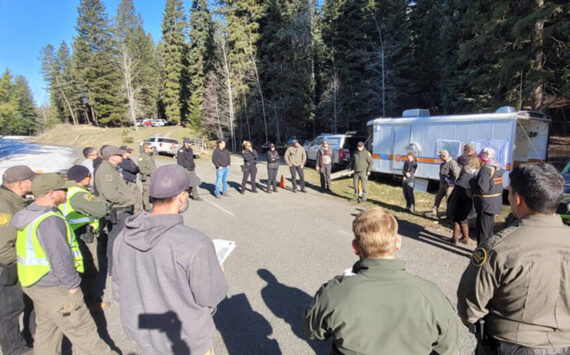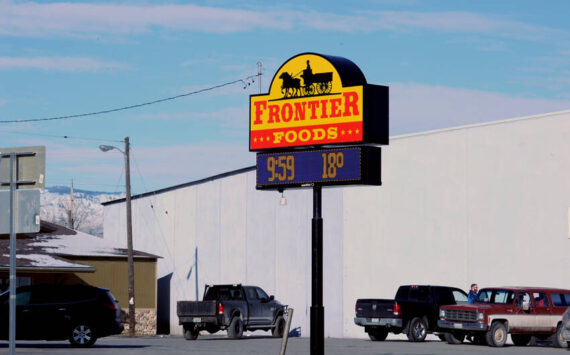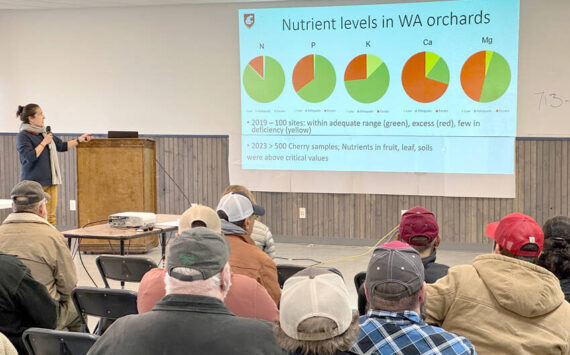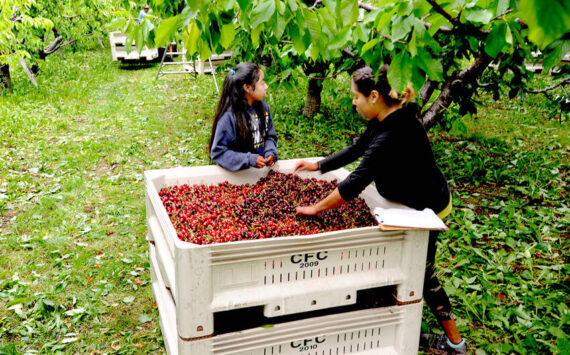OROVILLE – Along with their plans to begin crushing canola at their Oroville location, Carbon Cycle Crush, is also pursuing the idea of a waste-to-energy generator that would literally vaporize anything that was put into it and create a liquefied gas and power generation as byproducts.
Carbon Cycle Investments, the parent company of CCC, which hopes to crush as much as 48 tons of canola seeds a day at it’s Appleway location within the month and as much as 200 tons a day at full production, is also investigating a plasma arc gas liquefaction system. Rather than burning whatever is put into the gasifier, the high heat of the electric plasma arc in an oxygen-free environment would vaporize it, creating no pollutants but rather a gas that could be cooled to a liquid, according to Byron McCann, CEO and Tim King, COO, of Carbon Cycle Investments. The cooling process would create steam that could be used to generate electricity. The liquid produced could then be contained and sold for bio-fuels, used to power machinery or used on site to generate additional electricity.
The company is excited about the technology and is investing in a gasification system they say could be installed at the Oroville crushing plant as part of the Sustainable Oroville movement (see www.sustainableoroville.com), but have not made the final decision as to where they first want to test it.
“Phase one is oil crushing, waste to energy is phase two. We want to be able to make energy parks, kind of based on the idea of industrial parks with sustainable solutions,” said McCann. “They wouldn’t be like traditional waste-to-energy facilities that are huge like the one in Spokane, but rather they would be modular with the capability to scale to a community’s needs. You could put two or three together Whoever builds this it is going to have global benefit.”
King said the gasifier would be quiet and is insulated using the same type of tiles they use to insulate the space shuttle.
The electric plasma arc is at such high temperatures, more than 7000 degrees Celsius, that everything from plastic bottles, which are made from hydrocarbons, to forest wood and agricultural waste to garbage, could be turned into the liquefied gas. Even things like PCBs that are dangerous when introduced to the environment, are broken down by the gasifier in such a way as they are rendered harmless. Any metal would not be vaporized, but instead be extracted as molten metal that when cooled could be recycled, according to King.
“This has the capability to break down PCBs, some of the hardest chemicals to break apart,” King said. “This technology opens the doors to solving many environmental problems.”
In addition to creating fuel from waste the company sees the gasifier as a way to rely less on fossil fuels and perhaps help address the climate change issue.
“You can put your head in the sand or you can find a way to rely less of fossil fuels,” said King.
The two envision the gasifiers would be good in communities like Oroville and could create resource-based jobs for people.
“Rather than the Forest Service burning slash to reduce forest fuel levels and creating all that smoke, that slash could be collected and turned into liquefied fuel – like jet fuel or kerosene,” King said.







